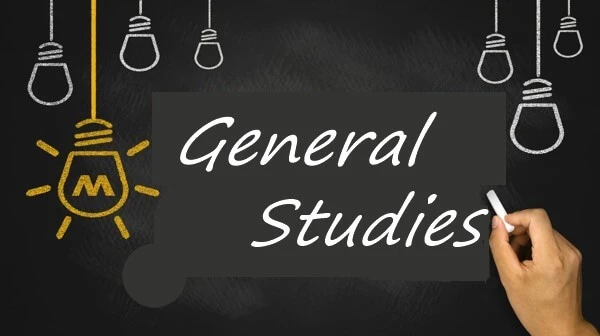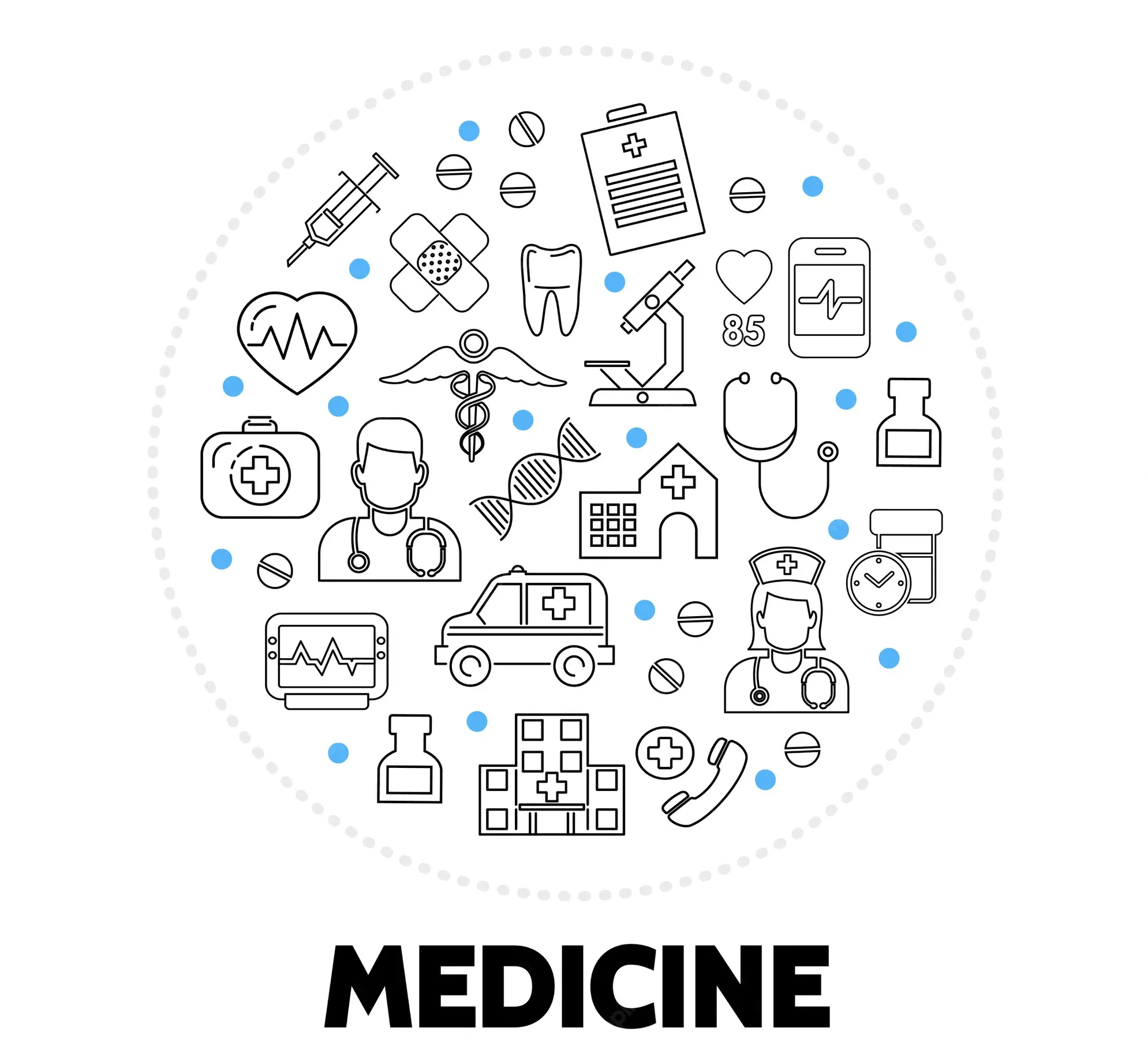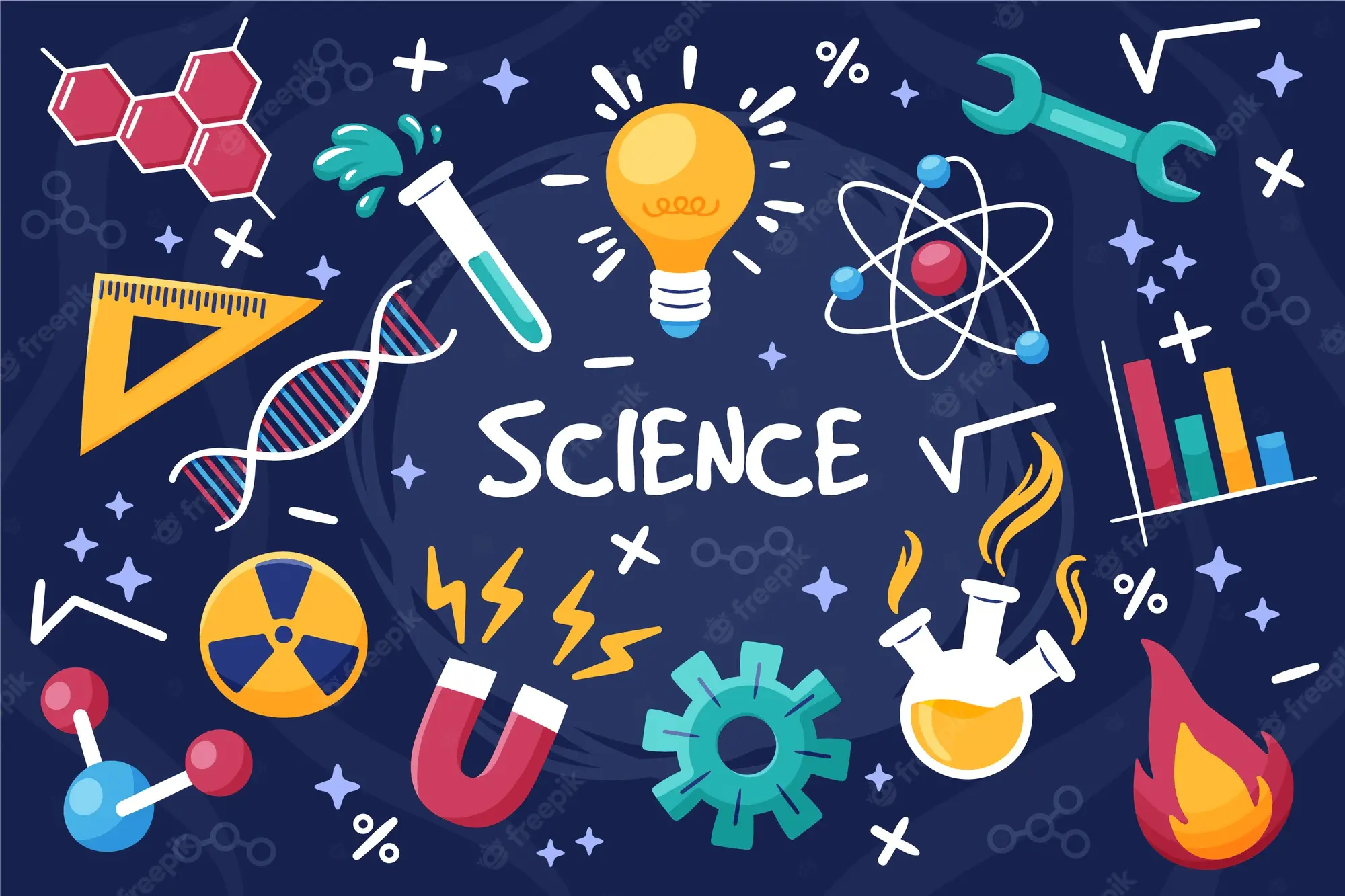Supports Reactions Books
Complications of blood transfusion
Author: AN Duru
School: University of Nigeria, Nsukka
Department: Medical, Pharmaceutical and Health science
Course Code: HEM301
Topics: ACUTE HAEMOLYTIC REACTION, IMMUNE MEDIATED PLATELET DESTRUCTION, FEBRILE NON-HAEMOLYTIC TRANSFUSION REACTIONS, ALLERGIC TRANSFUSION REACTIONS, ANAPHYLACTOID, ANAPHYLACTIC REACTION, TRANSFUSION RELATED ACUTE LUNG INJURY, delayed haemolytic reactions, Allo-immunization, post transfusion purpura, Transfusion associated graft vs host disease, transfusion associated immunomodulation, hypothermia, hypotension, transfusion associated cardiac overload, Circulatory Overload, iron overload, Citrate Toxicity, electrolyte imbalance, acid-base imbalance, bleeding tendency, embolism, transfusion transmissible infections, human immunodeficiency virus, cytomegalovirus, transfusion reactions
Schaum's Outline of College Chemistry ,Ninth edition
Author: Jerome Rosenberg, Lawrence Epstein, Peter Krieger
School: Ahmadu Bello University, Zaria
Department: Science and Technology
Course Code: CHEM131
Topics: temperature, temperature units, atomic mass, molar mass, molecular mass, relative atomic mass, emperical formula, chemical formula, limiting reactant, chemical reactions, gas, gas volume, pressure, standard atmospheric pressure, pressure measurement, gas law, Boyle's law, Charles's law, Gay-lussac law, combined gas law, ideal gas, ideal gas law, kinetic theory, avogardo hypothesis, molar volume, gas volume, gas stoichiometry, thermochemistry, heat, heat capacity, calorimetry, energy, enthalphy, thermochemical reactions, atomic structure, particle, waves, Pauli principle, Periodic law, Aufbau principle, Electron configuration, Atomic radii, ionization energy, electron affinity, chemical bonding, molecular structure, ionic compounds, covalence, valence-bond representation, molecular-orbital representation, π BONDING, MULTICENTER π BONDS, coordination compounds, isomerism, solid, liquid, crystals, crystal forces, Ionic Radii, oxidation-reduction, oxidation number, oxidizing agents, reducing agents, ionic notation, balancing equations, concentration, concentration scales, concentration units, dilution, volumetric standard solutions, vapor pressure lowering, freezing-point lowering, boiling-point lowering, Boiling-point elevation, osmotic pressure, Law of distribution, isomerism, functional groups, organic chemistry, biochemistry, thermodynamics, chemical equilibrium, Equilibrium constant, Le Chatelier's principle, acid, base, hydrolysis, buffer solution, indicators, weak polyprotic acids, tittration, complex ions, coordination complexes, electrochemistry, solubility product, electrical units, electrolysis, voltaic cells, standard half-cell potentials, free energy, Nonstandard potentials, rate of reactions, rate constant, energy of activation, Nuclear process, Binding energy, nuclear equations, radiochemistry
Chemistry & Chemical Reactivity, 10th edition
Author: John Kotz, Paul Treichel, John Townsend, David Treichel
School: Chukwuemeka Odumegwu Ojukwu University
Department: Science and Technology
Course Code: CHM313
Topics: Chemistry, Chemical Reactivity, atoms, molecules, ions, chemical reactions, Stoichiometry. gases, intermolecular forces, liquids, solid state, chemical reactions, chemical kinetics, acid, base, electron transfer reactions, environmental chemistry, carbon, biochemistry, nuclear chemistry
Author: Reginald Gorczynski, Jacqueline Stanley
School: Edo University
Department: Medical, Pharmaceutical and Health science
Course Code: BCH321
Topics: Clinical Immunology, immune system, innate immune responses, adaptive immune responses, Phagocytosis, natural killer cells, Eosinophils, antigen presenting cell, antigen presenting molecules, Monoclonal Antibodies, clinical trials, Xenotransplantation, cytokines, Cells of Adaptive Immunity, B-lymphocyte Antigen-specific Receptor, B-cell Differentiation, T-lymphocyte Antigen-specific Receptor, bone marrow, Antigen Dependent B-cell Differentiation, T Lymphocytes, inflammation, Vasodilatation, Increased Vascular Permeability, Edema, host defense, immunization, passive immunization, vaccines, vaccine technology, Hypersensitivity Reactions, Immediate Hypersensitivity Reactions, Antibody-mediated Hypersensitivity Reactions, Immune-complex Mediated Hypersensitivity, Cell-mediated Hypersensitivity, autoimmunity, Immunotherapy, Autoimmune Disorders, autoreactive antibodies, Immunodeficiency Disorders, Tumor Immunology, tumor antigens, Tumor Immunosurveillance, transplantation, Graft Rejection
Shriver & Atkin's inorganic chemistry
Author: Peter Atkins, Tina Overton, Jonathan Rourke, Mark weller, Fraser Armstrong, Michael Hagerman
School: University of Ibadan
Department: Science and Technology
Course Code: CHE126
Topics: Inorganic chemistry, atomic structure, atomic orbitals, molecular structure, bonding, Lewis structure, valence bond theory, Molecular orbital theory, ionic solids, ionic bonding, semiconduction, acid, base, Brønsted acidity, Lewis acidity, oxidation, reduction, reduction potentials, redox stability, Molecular symmetry, isomerism, coordination compounds, chirality, spectroscopy, chemical analysis, Magnetometry, periodic trends, Group 1 elements, Group 2 elements, hydrogen, Group 13 elements, Group 15 elements, Group 14 elements, Group 16 elements, d-Block elements, Representative compounds, Electronic spectra, Magnetism, Coordination chemistry, Ligand substitution reactions, Ligand substitution, Redox reactions, Photochemical reactions, Lanthanoid chemistry, Actinoid chemistry, ligands, Solid-state chemistry, materials chemistry, Metal oxides, nitrides, fluorides, Chalcogenides, intercalation compounds, Hydrides, inorganic pigments, Semiconductor chemistry, Molecular materials, fullerides, catalysis, Homogeneous catalysis, Heterogeneous catalysis, Hybrid catalysis, Characterization, fabrication, Nanomaterials, nanoscience, nanotechnology, Self-assembled nanostructures, Bioinorganic nanomaterials, Biological inorganic chemistry, Catalytic processes, Biological cycles, Chelation therapy, nitrogen cycle, hydrogen cycle, acid-base catalysis, Tethered catalysts, Electrocatalysis, Alkene polymerization, Ammonia synthesis, Hydroformylation, Alkene metathesis
Advanced Organic Chemistry (Part A- Structure and Mechanisms) ,5th edition
Author: Francis Carey, Richard Sundberg
School: University of Ilorin
Department: Science and Technology
Course Code: CHM235, CHM329, CHM331, CHM419, CHM420, ICH301, ICH355
Topics: Molecular Orbital Theory, Molecular Orbital Methods, Electron Density Functionals, Electron Density Distribution, Stereochemistry, Conformation, stereoselectivity, Molecular Mechanics, Structural Effects on Stability, Structural Effects on Reactivity, chemical kinetics, Kinetic Isotope Effects, catalysis, Nucleophilic Substitution, polar addition, elimination reactions, carbanions, carbon nucleophiles, carbonyl compounds, aromaticity, annulenes, homoaromacity, aromatic substitution, Concerted Pericyclic Reactions, Concerted Pericyclic Reactions, Photochemistry
Chemistry The Molecular Nature of Matter and Change ,9th edition
Author: Martin Silberberg, Patricia Amateis
School: University of Nigeria, Nsukka
Department: Science and Technology
Course Code: CHM112
Topics: Chemistry, matter, Stoichiometry, Chemical Reactions, Kinetic-Molecular Theory, Thermochemistry, Quantum Theory, Atomic Structure, Electron Configuration, Chemical Periodicity, chemical bonding, Shapes of Molecules, covalent bonding, Intermolecular Forces, Periodic Patterns, Organic Compounds, carbon, chemical reactions, chemical kinetics, chemical equilibrium, Acid-Base Equilibria, Ionic Equilibria, Thermodynamics, Entropy, Free Energy, Reaction Direction, Electrochemistry, Chemical Change, Electrical Work, Transition Elements, nuclear reactions
Principles of General Chemistry ,3rd edition
Author: Martin Silberberg
School: University of Nigeria, Nsukka
Department: Science and Technology
Course Code: CHM101, CHM112, CHM122
Topics: matter, chemical reactions, gases, Kinetic Molecular Theory, Thermochemistry, Energy Flow, Chemical Change, Quantum Theory, Atomic Structure, Electron Configuration, Chemical Periodicity, Chemical Bonding, Shapes of Molecules.Covalent Bonding, Intermolecular Forces, Periodic Patterns, solutions, Organic Compounds, carbon, Mechanisms of Chemical Reactions, Acid-Base Equilibria, Ionic Equilibria, Thermodynamics, Entropy, Free Energy, Electrochemistry, Chemical Change, Electrical Work, Transition Element, Nuclear Reactions
Student Solutions Manual to accompany Principles of General Chemistry
Author: Martin Silberberg, Patricia Amateis
School: University of Nigeria, Nsukka
Department: Science and Technology
Course Code: CHM101, CHM112, CHM122
Topics: matter, chemical reactions, gases, Kinetic Molecular Theory, Thermochemistry, Energy Flow, Chemical Change, Quantum Theory, Atomic Structure, Electron Configuration, Chemical Periodicity, Chemical Bonding, Shapes of Molecules.Covalent Bonding, Intermolecular Forces, Periodic Patterns, solutions, Organic Compounds, carbon, Mechanisms of Chemical Reactions, Acid-Base Equilibria, Ionic Equilibria, Thermodynamics, Entropy, Free Energy, Electrochemistry, Chemical Change, Electrical Work, Transition Element, Nuclear Reactions
Principles of Soil Chemistry, 4th Edition
Author: Kim Tan
School: National Open University of Nigeria
Department: Agriculture and Veterinary Medicine
Course Code: SLM301
Topics: Soil Chemistry, analytical chemistry, geochemistry, Particle Accelerators, Synchrotrons, Stanford Linear Accelerator, Continuous Electron Beam Accelerator, Fermi National Laboratory Accelerator, Brookhaven Realistic Heavy Ion Collider, quarks, leptons, Atomic Numbers, Avogadro’s Number, atomic orbitals, Acid–Base Titrations, Precipitation, Complex Reactions, Chemical Units, Molarity, Molality, Radioactivity, isotopes, mole fractions, Soil Composition, Electrochemical Potentials, carbon dating, Electrochemical Cells, Nernst Equation, Electron Activity, chemical potential, membrane potential, Soil Gas, Oxygen Revolution, soil aeration, soil aerification, Soil Air Quality, Hydrotropism, Hypoxia, soil water chemistry, Oxygen Demand of Water, Total Soil Water Potential, Matric Potential, Pressure Potential, Osmotic Potential, Gravitational Potential, Plant–Soil–Water Energy Relation, water dissociation, Colloidal Chemistry, Colloidal System, soil humus, Carbohydrates, Amino Acids, Peptides, Proteins, Nucleic Acids, lipids, Lignins, humic matter, Electron Microscopy, Clay Minerals, Surface Potential, Electric Double Layer, Helmholtz Double-Layer Theory, Gouy–Chapman Double-Layer Theory, Adsorption Isotherms, soil adsorption, water adsorption, Cation Exchange, Cation Exchange Reactions, Cation Exchange Capacity, Langmuir–Vageler Equation, Mono-Divalent Cation Exchange Reaction, Mono-Monovalent Cation Exchange Reaction, Anion Exchange, Phosphate Retention, Phosphate fixation, Phosphate Potential, Soil Reaction, Acid–Base Chemistry, Weathering, Coordination Theory, Complex Formation, chelation, Metal–Organic Complex Reactions, Clay–Organic Compound Complexes
Departments

Administration, Social and Management science

Agriculture and Veterinary Medicine

Arts and Humanities

Education

Engineering

General studies

Law

Medical, Pharmaceutical and Health science

Science and Technology